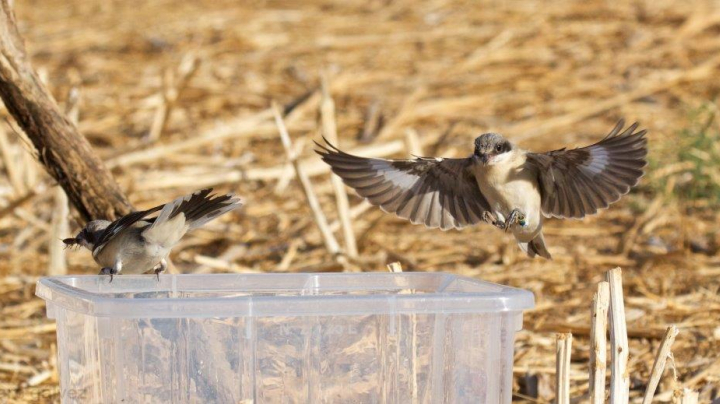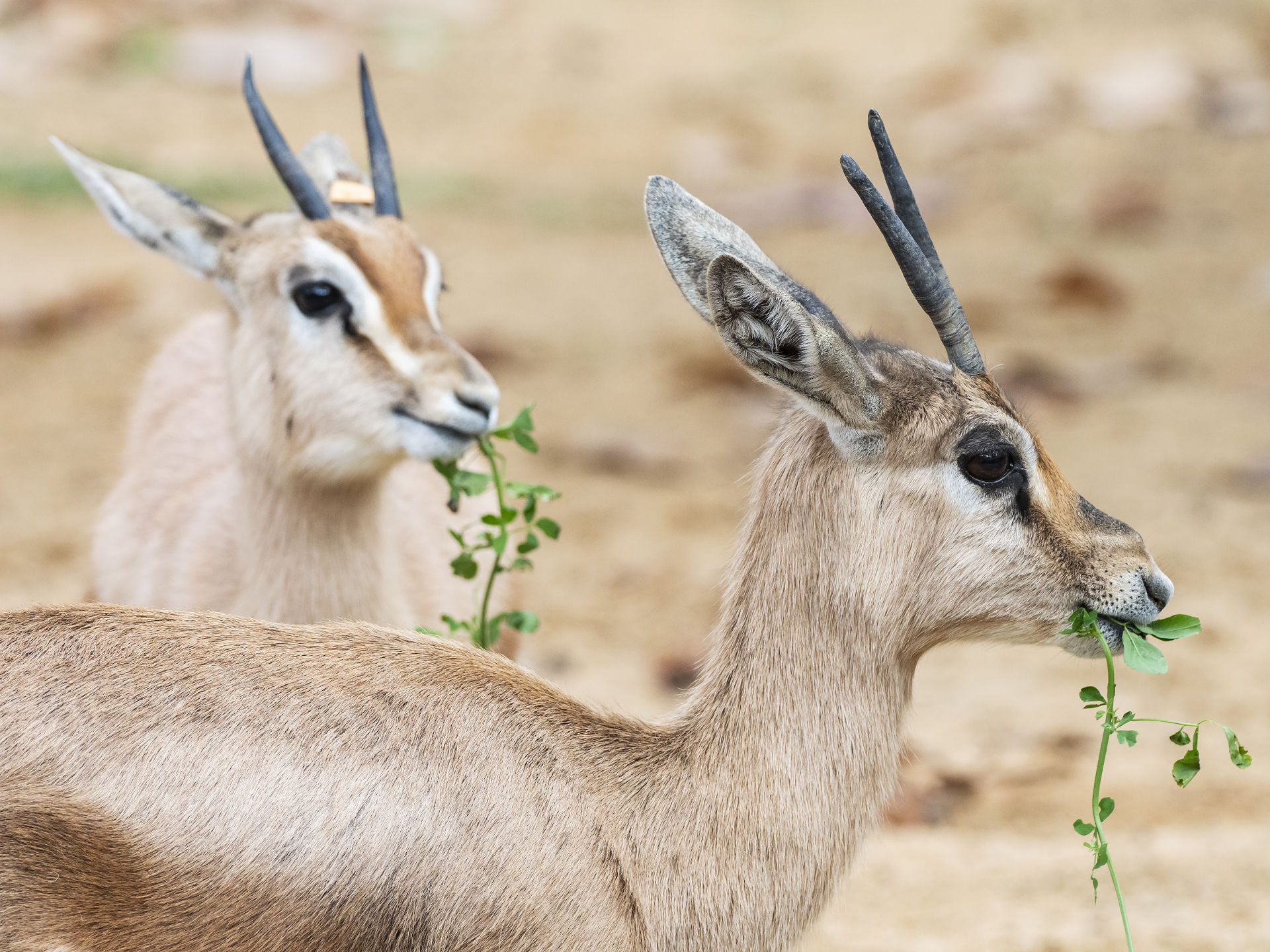
The two institutions TRENCA and the Barcelona Zoo Foundation, have a conceptual collaboration framework, and their common interests include recovering and conserving biodiversity and wildlife in the Ponent's counties, which is their preferred territorial area of action. Notable within this biodiversity framework is the priority interest in iconic and bioindicator species, such as the lesser grey shrike (Lanius minor) and the cinereous vulture (Aegypius monachus).
The Lesser Grey Shrike (Lanius minor) Conservation Project in Catalonia, promoted by the Department of Territory and Sustainability at the Generalitat, regional government of Catalonia, and run by Trenca, with support from public and private entities such as the Biodiversidad Foundation, the Spanish Ministry of Agriculture and Fisheries, Food and the Environment, WWF España and Barcelona Zoo itself. This year marks the tenth anniversary of the first releases, since when the species’ extinction here has been halted, for the time being. Trenca's work is centred on managing the habitat of the last breeding areas in Lleida, freeing and monitoring fledglings through hacking, supplementary feeding and migration studies, among other things.
On the other hand, the Barcelona Zoo Foundation is also taking part in the Project for highlighting the ecosystemic values of scavenger Pyrenean birds through the Specific Feeding Point (PAE) network, in whose framework the Trenca association has been managing three PAEs in the Lleida Pyrenees and Pre-Pyrenees for eight years, as part of the Project for the Reintroduction of the Cinereous Vulture (Aegypius monachus) in Catalonia. The goal behind our collaboration is to open an additional new specific PAE for the cinerous vulture, for the bearded vulture (Gypaetus barbatus), the Egyptian vulture (Neophorn percnopterus), the red kite (Milvus milvus) and the black kite (Milvus migrans) half way between the current and only cinerous vulture colony, in Boumort, and Aragón. In addition, it will be equipped with hides to carry out environmental education and awareness work as well as promote nature tourism and, therefore, contribute to sustainable rural development. This new PAE is mainly aimed at consolidating cinerous vulture populations and enabling expansions in new territories with suitable habitats for the species.



